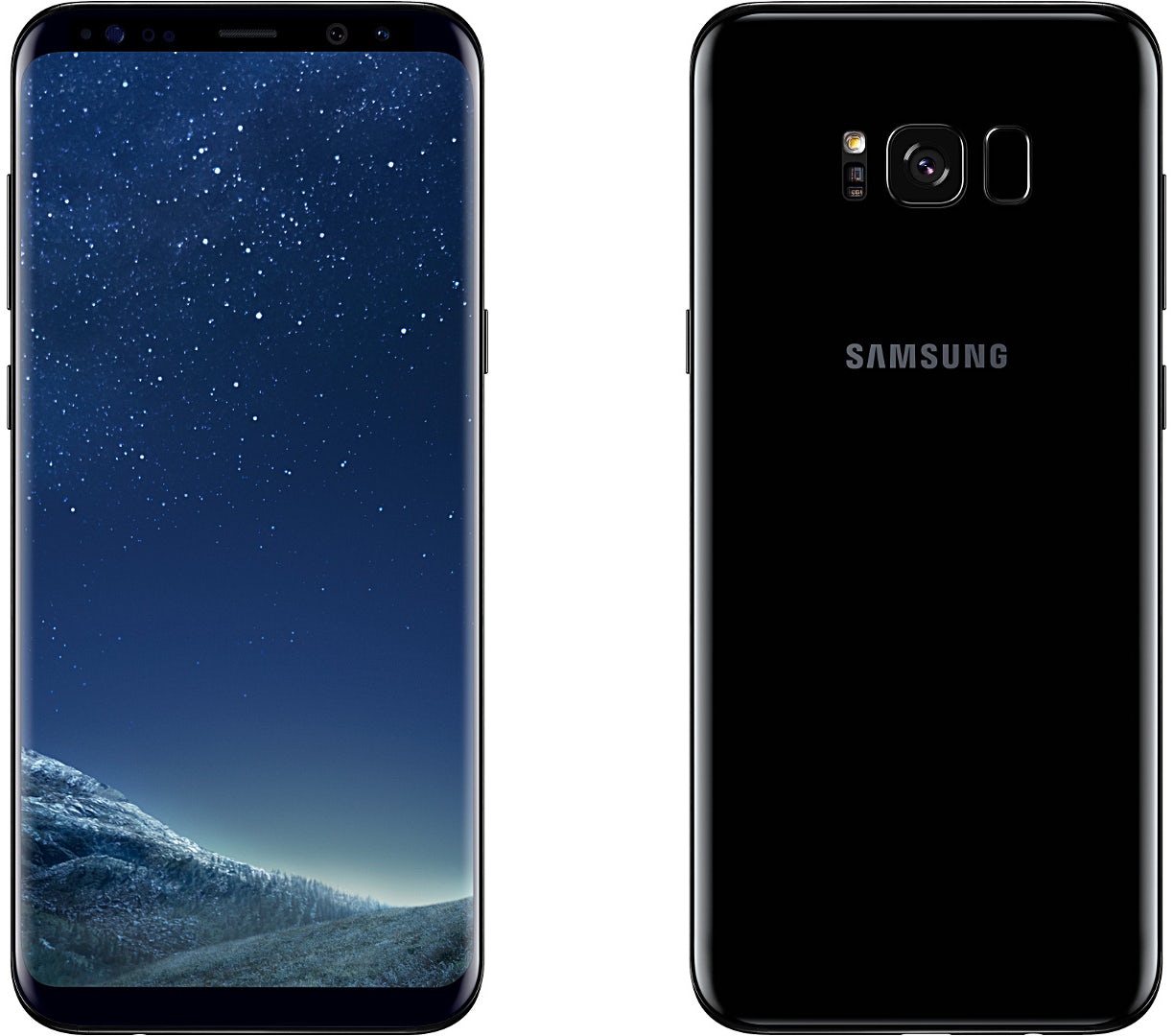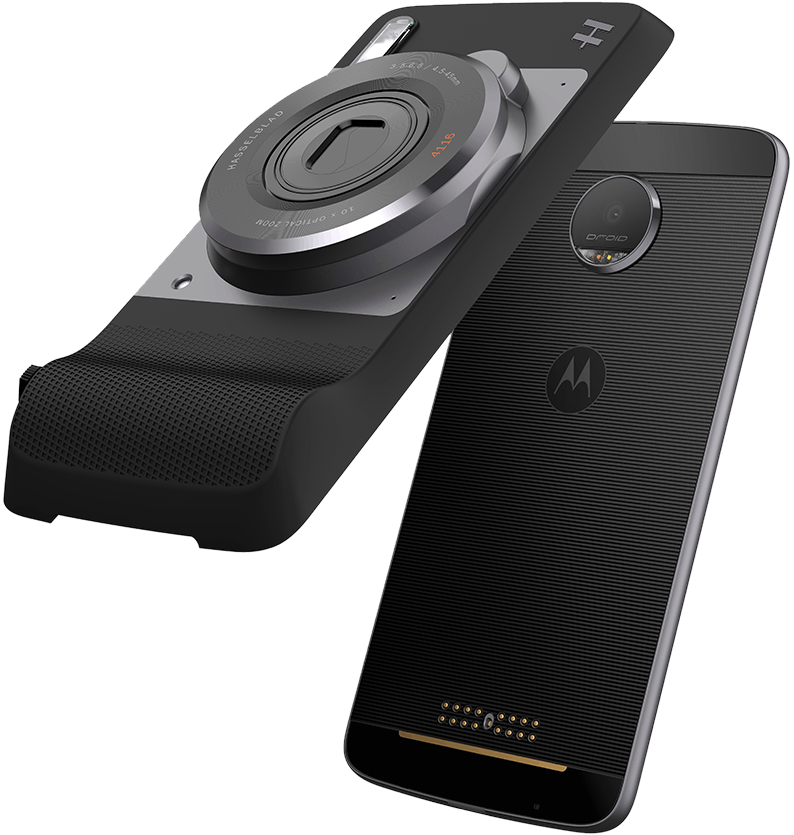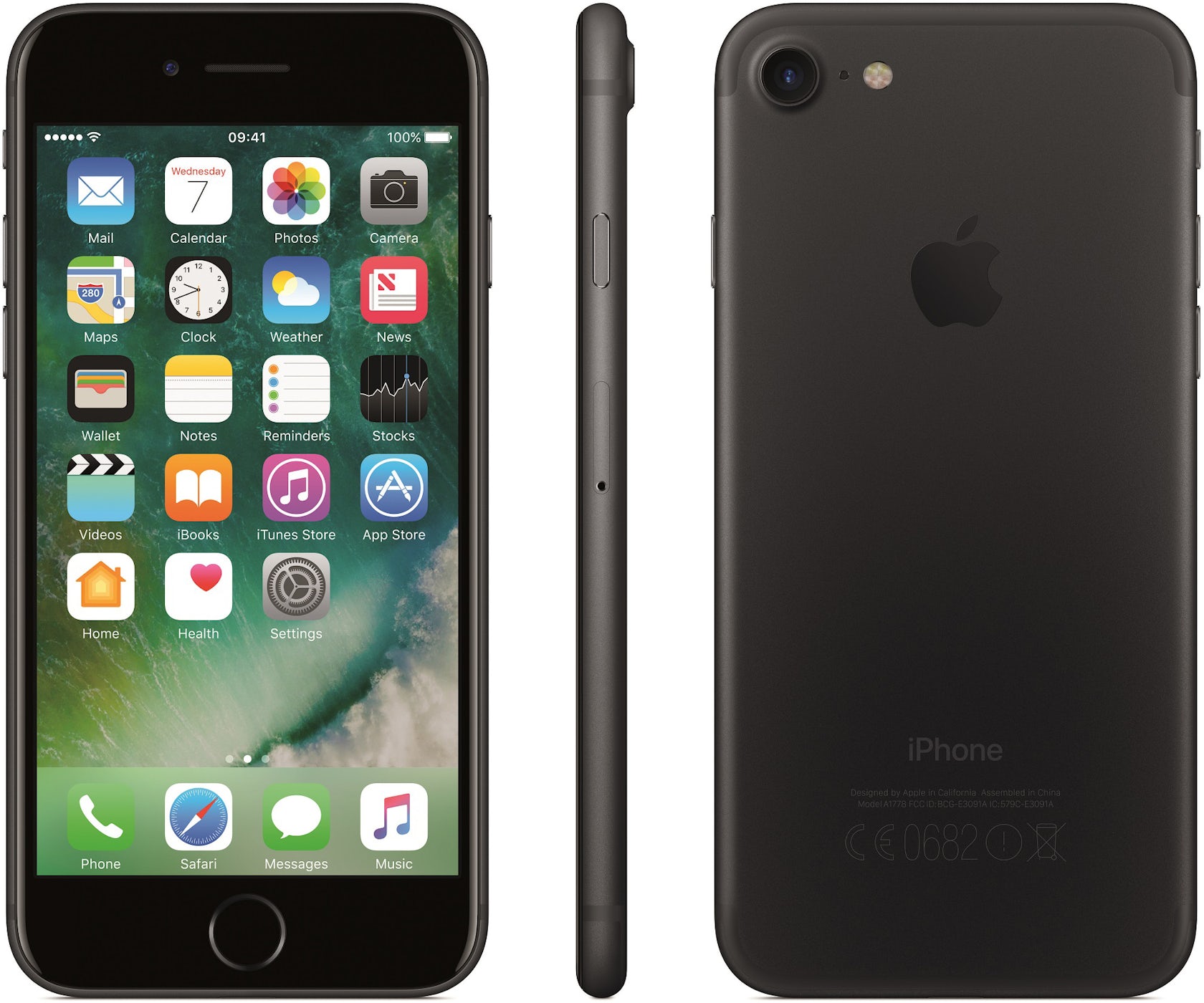While architects do most of their work on laptops or desktop computers, it is now possible to do more on the move thanks to the proliferation of tablets and smartphones. Over the last few years, the technological capabilities of these devices have now advanced to such an extent that they are no longer used just for calls, texts and web browsing. Marking up drawings, editing photographs and even examining BIM models is now commonplace for designers as they travel between the architecture studio and the construction site.
When thinking about which mobile device is most-suited to the work of architects in particular, there are certain key factors to consider:
Display: A large, high-quality screen is preferable for viewing project photographs and drawings. If it’s large enough, a separate tablet may not be necessary, but it’s a balancing act between functionality and portability.
Camera: Aside from keeping the all-important Instagram feed stocked with stunning architecture, architects require a quality camera to capture in-progress details on the construction site for discussion and analysis back in the studio.
CPU: A powerful processor is helpful for busy architects to move quickly through tasks and handle the technical rigors of creative software and construction apps.
Aesthetics: While many architects value function over form, we like our phones like our buildings: beautiful, hard-wearing and constructed from high-quality materials.
With these factors in mind, here’s a rundown of some of the best smartphones out there for architects and creative professionals. If we missed your favorite out, let us know in the comments!

1. Samsung Galaxy S8+
Price: $850 / £779
Dimensions: 159.5×73.4×8.1mm
Weight: 173g
Screen: 6.2-inch AMOLED
CPU: Octa-core (4×2.35 GHz Kryo & 4×1.9 GHz Kryo)
Storage: 64GB (expandable to 256GB via microSD)
RAM: 4GB
Camera: 12-megapixel
OS: Android N with TouchWiz
Battery: 3500mAh
You’d be forgiven for being wary of Samsung’s brand-new S8 series, given that the company’s previous offering — the Note 7 — built a reputation for spontaneous combustion. In desperate need of a winning design to regain faith among its consumers, Samsung has pulled out all the stops with its latest model, and it might just be the ideal phone for architects for a one very big reason: the screen.
The display on the S8+ (the S8’s larger sibling) is 6.2 inches in size with a resolution of 2960×1440 pixels. The “infinity display” curves around the edge of the phone much like the S7 Edge, maximizing the surface area for sketching and taking notes. For architects considering the need for a tablet as well as a phone but concerned about spending a lot of money on both, the S8+ could provide the answer in a single device.

2. Huawei P10 Plus
Price: £680
Dimensions: 153.5×74.2 x7mm
Weight: 165g
CPU: Octa-core (4×2.4 GHz Cortex-A73 & 4×1.8 GHz Cortex-A53)
Storage: 64GB, expandable up to 256GB using microSD
RAM: 6GB
Camera: Dual Leica – 20MP (monochrome) 12MP (RGB)
OS: Emotion UI 5.1 (running Android N)
Battery: 3750mAh
For architects and designers, the strongest asset of the Huawei is surely its camera — or cameras, to be precise. The dual Leica setup combines two cameras and sensors, one for color shots and one for monochrome images (get ready for some stunningly moody black-and-white pics of Brutalist icons). The regular color sensor is 12 megapixels, while the monochrome one is an impressive 20 megapixels. Furthermore, the phone’s built-in camera app boasts a host of useful tools for taking shots on the construction site, including a wide aperture mode and 4k video capability.
The P10 Plus’ 5.5-inch QHD screen is more than adequate for creative professionals, and for the more aesthetically minded out there, the colored body of this phone is also notable: Huawei partnered with Pantone to produce a version in “Greenery,” Pantone’s color of the year. Of course, if you are a true architect, you’ll most likely reject this summery hue in favor of good, old-fashioned Graphite Black.
3. Google Pixel XL
Price: $869 / £819 for 128GB
Dimensions: 154.7×75.7×8.5mm
Weight: 168g
Screen: AMOLED capacitive touchscreen, 16M colors 5.5-inches, 1440×2560 pixels at 534ppi
CPU: Quad-core (2×2.15 GHz Kryo & 2×1.6 GHz Kryo)
Storage: 32GB or 128GB (no microSD slot)
RAM: 4GB
Camera: 12-megapixel
OS: Android N
Battery: 3450mAh
The Pixel is Google’s first phone, combining a native version of Android N with Google hardware that should run its OS in the best possible way. This is what makes it perfect for time-strapped architects — this phone works at lightning speed, allowing you to work through your sketches, photo editing, notes and emails with no delays.
The Pixel XL, with its larger-format 5.5-inch display, might be the most useful for architects who need to mark up photos and drawings on the construction site. Another strong feature of Google’s device is the camera, which, while not being a dual setup like the Huawei, is a 12-megapixel of incredible quality.
One unfortunate downside to this phone is its premium price, which is very high when compared with Google’s LG-made predecessor, the amazingly well priced Nexus 5X. That said, the iPhone is still more expensive.

4. Motorola Moto Z
Price: $624 / £499
Dimensions: 153.3×75.3×5.2mm
Weight: 136g
Screeb: AMOLED capacitive touchscreen, 16M colors, 5.5-inches, 1440×2560 pixels at 535ppi
CPU: Quad-core (2×1.8 GHz Kryo & 2×1.6 GHz Kryo)
Storage: 34/64GB (expandable via microSD card)
RAM: 4GB
Camera: 13-megapixel
OS: Android N
Battery: 2600mAh
For architects who like to customize their tools, the Motorola makes for a tempting option. It lacks the polish of the premium phones by Samsung, Google and Apple, but its strength lies in its flexibility. Depending on your needs, you can adapt your phone with ingenious add-ons called “Moto Mods,” modules that clip onto the phone to add extra functionality.
One of the best mods is the Insta-Share Projector, which effectively transforms your phone into a portable projector that allows you to present 70-inch images of your drawings and renderings for clients on any flat surface. For your architectural photography needs, the Hasselblad True Zoom Mod turns your phone into a high-quality camera with 10x zoom.
These mods are not cheap — the Insta-Share Projector is around $320 while the Hasselblad True Zoom Mod is approximately $255 — but the power of customization is undeniably compelling.

5. iPhone 7 Plus
Price: $969 / £919 for 256GB
Dimensions: 58.2×77.9×7.3mm
Weight: 188g
Screen: LED-backlit IPS LCD, capacitive touchscreen, 16M colors, 5.5 inches, 1080×920 pixels at 401ppi
CPU: Quad-core 2.34 GHz (2x Hurricane + 2x Zephyr)
Storage: 32/128/256GB (non-expandable)
RAM: 3GB
Camera: Dual 12-megapixel with optical zoom
OS: iOS 10.3
Battery: 2900mAh
While Apple has been criticized for its lack of innovation since the end of the Steve Jobs era, the iPhone has to be included on this list for its incredible build quality, which remains virtually unparalleled. For architects, the largest version of the iPhone (the 7 Plus) might be most suitable, given its LED-backlit IPS LCD 5.5-inch touchscreen and powerful CPU.
For project photography, the iPhone’s camera is hard to beat. Like the Huawei/Leica offering, it is a dual setup, with one wide-angle lens and one telephoto. The best asset of Apple’s offering, though, is its zoom capabilities — 1x to 2x magnification using pure optical zoom means you can capture details on the construction site and completed projects with incredible clarity.
For young architects and students, though, the price is eye-watering: You can buy an entire laptop for the cost of the top model. With so many great alternatives out there (see above), the iPhone is no longer the go-to smartphone, but it remains a stunning, high-powered device nonetheless.
Prices and specs correct at time of writing.Enjoy this article? Check out more of our Young Architect Guides:
8 Top Laptops for Architecture Students
The Top 3 Tablets for Architects and Engineers
Building Great Architecture Models
How to Convince Your Audience With a Powerful Project Narrative
How to Write About Architecture
5 Specifying Tips for First-Time Architects




